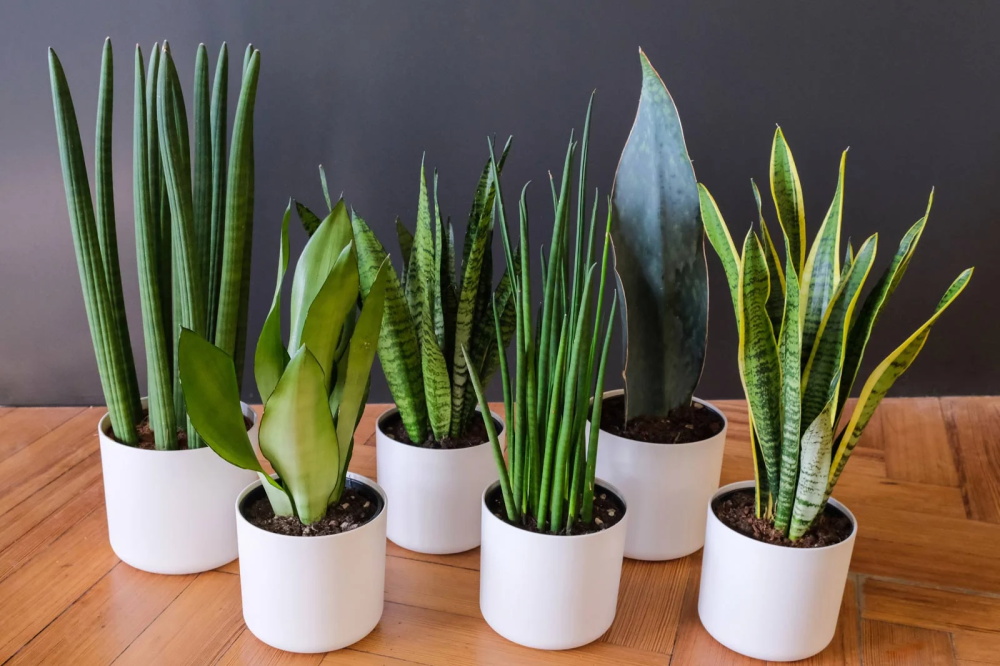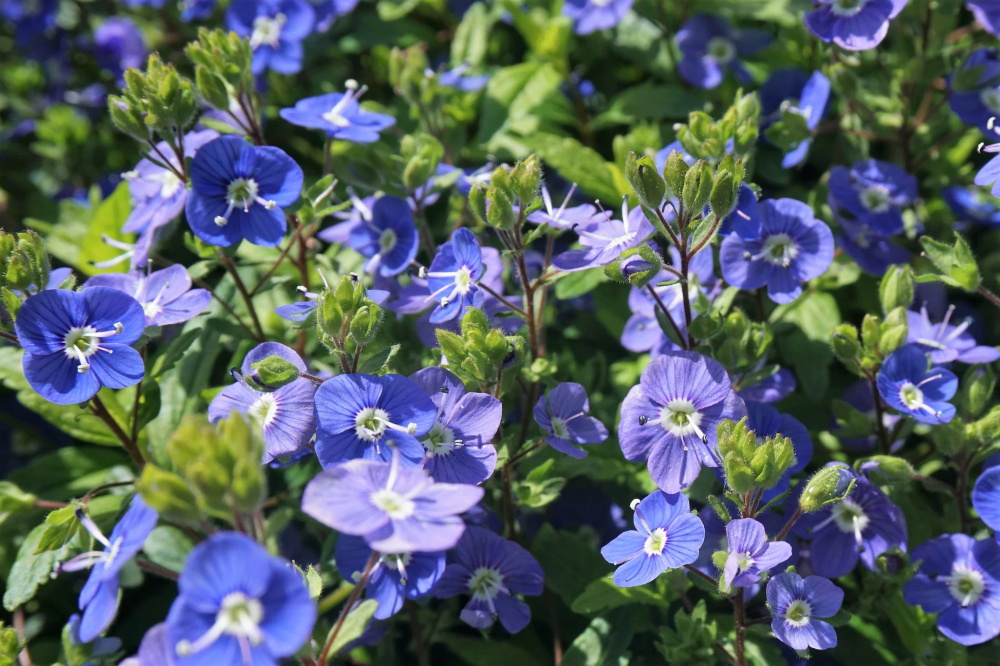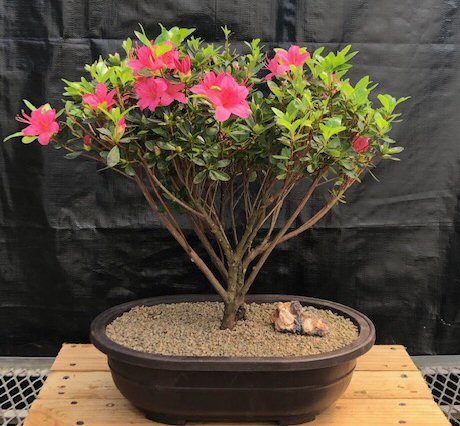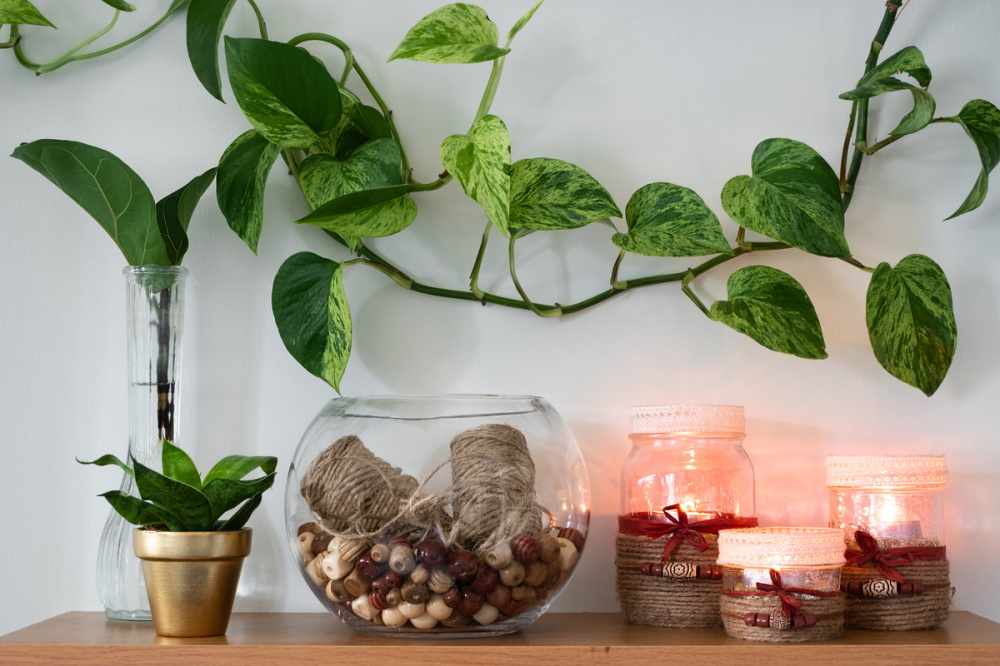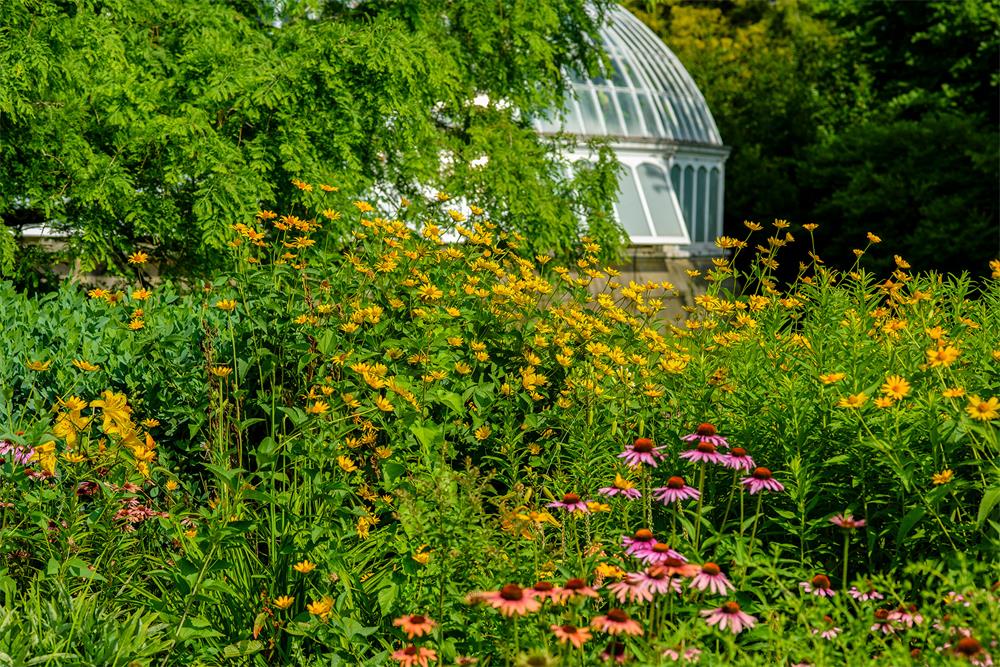
Table of Contents
A zen garden, also known as a Japanese dry garden or a Japanese rock garden, is a type of garden design that originated from Japan and is characterized by its simplicity, minimalism, and symbolism. A zen garden aims to create a stylized representation of nature using carefully arranged rocks, sand, gravel, water features, moss, and sometimes plants and trees. A zen garden is usually enclosed by a wall or buildings and is meant to be viewed from a single perspective, such as a porch or a pavilion. A zen garden is not only a beautiful and serene landscape, but also a place for meditation, contemplation, and spiritual enlightenment.
The History and Philosophy of Zen Gardens
Zen gardens have a long history in Japan, dating back to at least the Heian period (794–1185), when they were influenced by the Chinese garden philosophy of the Song dynasty (960–1279). The Chinese gardens featured groups of rocks that symbolized Mount Penglai, the mythical island home of the immortals in Chinese mythology. The Japanese adapted this concept and called it Horai, or the Isle of the Blessed. They also used white sand and gravel to represent purity, water, emptiness, and distance.
Zen gardens reached their peak of development during the Muromachi period (1336–1573), when Zen Buddhism flourished in Japan. Zen Buddhism is a branch of Buddhism that emphasizes meditation, intuition, and personal experience over doctrine and ritual. Zen monks created zen gardens as places to practice zazen, or sitting meditation, and to reflect on the teachings of the Buddha. They also used zen gardens as tools for teaching and expressing their insights through art and poetry.
Zen gardens are based on the principles of wabi-sabi, which is a Japanese aesthetic philosophy that values simplicity, imperfection, impermanence, and naturalness. Zen gardens also follow the concepts of shakkei, which means borrowing scenery from the surrounding landscape; yohaku-no-bi, which means the beauty of blank space; and karesansui, which means dry landscape. Zen gardens are designed to imitate the essence of nature, not its actual appearance, and to evoke feelings of peace, harmony, and transcendence.
The Elements and Features of Zen Gardens
Zen gardens typically consist of the following elements and features:
- Rocks: Rocks are the most important element of a zen garden, as they represent mountains, islands, animals, or other natural forms. Rocks are carefully selected for their shape, color, texture, and size, and are arranged in groups or patterns that suggest movement, balance, contrast, or symbolism. Rocks can also be used to create borders or boundaries within the garden.
- Sand or gravel: Sand or gravel is used to cover the ground of a zen garden and to create ripples or waves that represent water or emptiness. Sand or gravel is raked into various patterns by monks or gardeners using wooden rakes. The patterns can be simple or complex, symmetrical or asymmetrical, straight or curved. The raking process is considered a form of meditation and art.
- Water features: Water features are sometimes included in a zen garden to add sound, movement, and life to the landscape. Water features can be natural or artificial, such as ponds, streams, waterfalls, fountains, basins, or bamboo pipes. Water features can also symbolize purity, change,
or the flow of energy. - Moss: Moss is often used in a zen garden to create contrast with the sand or gravel and to add color and texture to the landscape. Moss can also represent land masses, forests, or meadows. Moss can grow on rocks, soil, or wooden structures.
- Plants and trees: Plants and trees are usually kept to a minimum in a zen garden, or at least to a minimal palette. Plants and trees can provide shade, fragrance, and seasonal changes to the landscape. Plants and trees can also represent different aspects of nature, such as flowers for beauty,
bamboo for strength, pine for longevity, or cherry blossoms for impermanence. - Structures: Structures are often incorporated in a zen garden to provide shelter, seating, or viewing points for visitors. Structures can include buildings, walls, gates, bridges, lanterns, statues, or pagodas. Structures can also reflect the architectural style and cultural influences of Japan.
How to Create Your Own Zen Garden
If you want to create your own zen garden in your backyard, you can follow these steps:
- Choose a location that is flat.
- Measure and mark the area of your zen garden using stakes and strings. You can make it as large or as small as you want, depending on your space and budget.
- Clear the area of any grass, weeds, or debris. You can also dig out a few inches of soil to create a shallow depression for your sand or gravel.
- Install a weed barrier fabric over the area to prevent any unwanted plants from growing in your zen garden. You can also add a layer of crushed stone or gravel over the fabric to improve drainage and stability.
- Choose and arrange your rocks in your zen garden. You can use rocks of different shapes, sizes, and colors, but make sure they complement each other and create a harmonious composition. You can also use rocks to create borders, islands, or focal points in your zen garden.
- Fill the remaining space with sand or gravel of your choice. You can use white, gray, black, or brown sand or gravel, depending on your preference and the mood you want to create. You can also mix different colors or textures of sand or gravel to create contrast or interest.
- Rake your sand or gravel into patterns that suit your style and taste. You can use a wooden rake, a fork, a comb, or any other tool that can create lines or curves in your sand or gravel. You can also change your patterns regularly to keep your zen garden fresh and dynamic.
- Add water features, moss, plants, trees, or structures to your zen garden if you wish. You can use natural or artificial water features, such as ponds, fountains, basins, or bamboo pipes. You can also use moss to cover rocks or soil, or plants and trees to add color and life to your zen garden. You can also use structures such as lanterns, statues, pagodas, or bridges to enhance the beauty and functionality of your zen garden.
- Enjoy your zen garden and use it as a place for relaxation, meditation, or inspiration. You can sit on a bench, a cushion, or a mat and admire your zen garden from different angles. You can also practice zazen, or sitting meditation, by focusing on your breathing and clearing your mind of any thoughts or distractions.
The Benefits of Having a Zen Garden
Having a zen garden in your backyard can provide you with many benefits, such as:
- Reducing stress and anxiety: A zen garden can help you calm your mind and body by creating a peaceful and serene environment. A zen garden can also help you cope with negative emotions such as anger, fear, or sadness by providing you with a positive outlet for expression and creativity.
- Improving focus and concentration: A zen garden can help you improve your focus and concentration by encouraging you to pay attention to the present moment and the details of your surroundings. A zen garden can also help you improve your memory and cognitive skills by stimulating your brain and senses.
- Enhancing mood and well-being: A zen garden can help you enhance your mood and well-being by boosting your happiness and satisfaction levels. A zen garden can also help you improve your self-esteem and confidence by giving you a sense of accomplishment and pride.
- Connecting with nature: A zen garden can help you connect with nature by bringing the elements of nature into your backyard. A zen garden can also help you appreciate the beauty and diversity of nature by exposing you to different plants, animals, and seasons.
- Cultivating spirituality: A zen garden can help you cultivate spirituality by providing you with a space for meditation, contemplation, and enlightenment. A zen garden can also help you explore and express your beliefs, values, and principles through art and poetry.
Some Examples of Zen Gardens
If you need some inspiration for creating your own zen garden, you can look at some of the famous and beautiful examples of zen gardens in Japan and around the world, such as:
- Ryōan-ji: This is one of the most famous and iconic zen gardens in Japan, located in Kyoto. It features 15 rocks of various sizes and shapes, arranged on a bed of white gravel. The rocks are positioned so that only 14 can be seen from any angle, suggesting the incompleteness and mystery of nature.
- Daisen-in: This is another famous zen garden in Kyoto, located in the Daitoku-ji temple complex. It features a miniature landscape of mountains, rivers, waterfalls, and bridges, made of rocks, sand, and moss. The garden is meant to represent the journey of life from birth to death.
- Portland Japanese Garden: This is a popular zen garden in the United States, located in Portland, Oregon. It covers 12 acres of land and features five different styles of Japanese gardens, including a dry landscape garden, a natural garden, a flat garden, a strolling pond garden, and a tea garden.
- Shofuso Japanese House and Garden: This is a historic zen garden in the United States, located in Philadelphia, Pennsylvania. It features a traditional Japanese house and a pond garden with a waterfall, a bridge, a lantern, and a torii gate. The garden is also home to koi fish and turtles.
- Tofuku-ji Hojo Garden: This is a modern zen garden in Japan, located in Kyoto. It was designed by Mirei Shigemori in 1939 and features four different gardens surrounding a hojo, or abbot’s hall. The gardens use geometric patterns, colorful stones, moss, and azaleas to create contrast and harmony.
Some Tips for Maintaining a Zen Garden
Once you have created your own zen garden, you will need to maintain it regularly to keep it clean, tidy, and beautiful. Here are some tips for maintaining a zen garden:
- Rake your sand or gravel frequently: You will need to rake your sand or gravel at least once a week or more often if it gets disturbed by wind, rain, animals, or visitors. You can use a wooden rake or any other tool that can create patterns in your sand or gravel. You can also change your patterns periodically to keep your zen garden interesting and dynamic.
- Water your plants and trees occasionally: You will need to water your plants and trees occasionally depending on their type, size, and season. You can use a hose, a watering can, or a sprinkler system to water your plants and trees. You can also prune your plants and trees as needed to keep them healthy and shaped.
- Clean your water features regularly: You will need to clean your water features regularly to prevent algae growth, debris accumulation, or water stagnation. You can use a pump, a filter, or a skimmer to clean your water features. You can also add some aquatic plants or fish to your water features to balance the ecosystem and add life and color to your zen garden.
- Remove any weeds or pests promptly: You will need to remove any weeds or pests promptly that may invade your zen garden and disrupt its harmony and beauty. You can use a hoe, a trowel, or a weed barrier fabric to remove any weeds. You can also use some natural or organic methods to deter or eliminate any pests, such as insects, rodents, or birds.
Conclusion
A zen garden is a wonderful way to create a calming and beautiful Japanese-inspired landscape in your backyard. A zen garden can help you reduce stress, improve focus, enhance mood, connect with nature, and cultivate spirituality. A zen garden can also be easy and fun to create and maintain, as long as you follow some basic steps and tips. We hope this guide has inspired you to create your own zen garden and enjoy its benefits.



